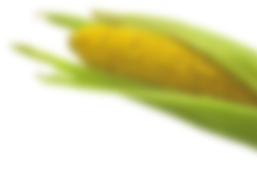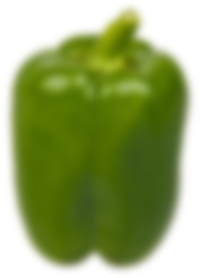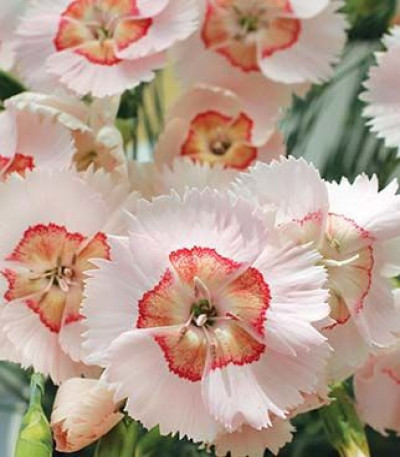






Dianthus
€21.84
(Price per package)
Deliciously fragrant large, pink flowers with coral-peach centers lend serene, graceful nuance to the garden. Repeat bloomer, with single 2" flowers on sturdy stems, delights summer to fall, suffusing the air with a sweet clove-like fragrance. A lovely presence in a rock garden or sunny garden borde
- Gurneys Seeds (Spain)
- Fall, Spring
- Summer
- Full Sun
- 10-12 inches
- 10-12 inches
- Perennial
Dianthus: Indoor or Direct Sow or Potted Plant Perennial
How to Sow and Plant
Dianthus may be grown from seed sown early indoors and transplanted outside after frost, or sown directly in the garden in summer, or grown from potted plants.
Sowing Seed Indoors:
- Sow indoors 8 weeks before the last frost in spring
- Barely cover with seed-starting formula
- Keep the soil moist at 60-70 degrees F
- Seedlings emerge in 14-21 days
- As soon as seedlings emerge, provide plenty of light on a sunny windowsill or grow seedlings 3-4 inches beneath fluorescent plant lights turned on 16 hours per day, off for 8 hours at night. Raise the lights as the plants grow taller. Incandescent bulbs will not work for this process because they will get too hot. Most plants require a dark period to grow, do not leave lights on for 24 hours.
- Seedlings do not need much fertilizer, feed when they are 3-4 weeks old using a starter solution (half strength of a complete indoor houseplant food) according to manufacturer’s directions.
- Before planting in the garden, seedling plants need to be “hardened off”. Accustom young plants to outdoor conditions by moving them to a sheltered place outside for a week. Be sure to protect them from wind and hot sun at first. If frost threatens at night, cover or bring containers indoors, then take them out again in the morning. This hardening off process toughens the plant’s cell structure and reduces transplant shock and scalding.
Planting Potted Plants:
- Choose a location in full sun with loose, well-drained soil.
- Prepare the bed by turning the soil under to a depth of 6-12 inches removing any debris, and lightly raking as level as possible.
- The addition of organic matter (leaf mold, compost, well-rotted manure) benefits all gardens and is essential in recently constructed neighborhoods.
- Plant on a cloudy day or in late afternoon to reduce transplant shock.
- Dig a hole for each plant large enough to amply accommodate the root ball.
- Unpot the plant and gently loosen the root ball with your hands to encourage good root growth.
- Place the top of the root ball even with the level of the surrounding soil. Fill with soil to the top of the root ball. Press soil down firmly with your hand.
- Thoroughly water and apply a light mulch layer on top of the soil (1-2 inches) to conserve water and reduce weeds.
Sowing Directly in the Garden:
- Sow outdoors in a sunny area with well-drained soil after danger of last spring frost or in late summer 12 weeks before ground freezes.
- Remove weeds and work organic matter into the top 6-8 inches of soil; then level and smooth.
- Sow seeds thinly and evenly and barely cover with fine soil.
- Keep evenly moist.
- Seedlings will emerge in 14-21 days.
- Thin to 12 inches apart when seedlings have three sets of leaves.
How to Grow
- Keep weeds under control during the growing season. Weeds compete with plants for water, space and nutrients, so control them by either cultivating often or use a mulch to prevent their germination.
- Mulches also help retain soil moisture and maintain even soil temperatures. For perennials, an organic mulch of aged bark or shredded leaves lends a natural look to the bed and will improve the soil as it breaks down in time. Always keep mulches off a plant’s stems to prevent possible rot.
- Careful watering is essential in getting perennials off to a good start. Water thoroughly at least once a week to help new roots grow down deeply. Soil should be damp at about 1 inch below the soil surface. You can check this by sticking your finger in the soil. Water early in the morning to give all leaves enough time to dry. One inch of rain or watering per week is recommended for most perennial plants. You can check to see if you need to add water by using a rain gauge.
- Until plants become established, some protection from extreme winds and direct, hot sunlight may be necessary. Good air movement is also important.
- After new growth appears, a light fertilizer may be applied. Keep granular fertilizers away from the plant crown and foliage to avoid burn injury. Use low rates of a slow release fertilizer, as higher rates may encourage root rots.
- Deadheading will encourage more continuous blooms and keep the plants looking neat.
- Plants may benefit from a winter mulch after the ground freezes, such as Christmas tree branches. Remove in spring before new growth appears.
Growing Tips
- Dianthus is lovely along the front of the border, as an edging, in cottage gardens and rock gardens.
- Dianthus makes a fine and long lasting cut flower.
-
Chloe
Add review
© 2019 Vegetable Seeds – Vegetable Seed Store


